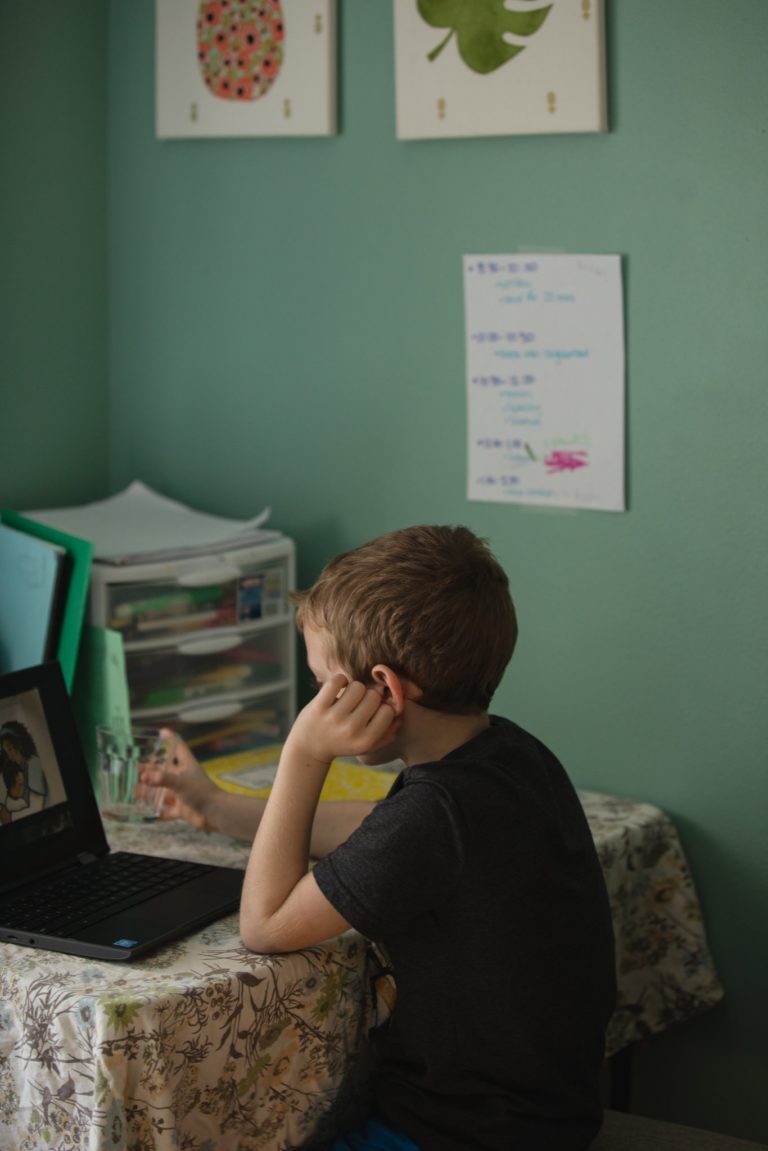
I am in my early twenties, I had a next-to-asymptomatic case of COVID-19, and I have moderate long COVID. For three months, I had post-exertional malaise and other neurological symptoms to the point where I could only focus a maximum of four hours per day. I constantly missed deadlines, skipped class and isolated myself — not because I wanted to, but because I had to.
The World Health Organization defines long COVID as a condition that “occurs in individuals with a history of probable or confirmed SARS-CoV-2 infection, usually 3 months from the onset of COVID-19 with symptoms that last for at least 2 months and cannot be explained by an alternative diagnosis.” I am one of the lucky ones: my most severe symptoms cleared up relatively quickly and I never experienced any cardiac or respiratory complications. Nevertheless, I do still feel some neurological effects of my illness.
I am not alone. According to CDC data, One in thirteen American adults have long COVID symptoms. Despite popular myths, those who get long COVID are not only elderly or immunocompromised. Younger adults are actually more likely to have long haul symptoms than older adults.
The majority of today’s workforce is essentially faced with the distinct possibility of having long COVID, which has been classified as a disability under the Americans with Disabilities Act, after an acute infection. This is quite concerning, especially considering that scientists know so little about long COVID. It manifests differently in each of its victims: for some, it is temporary fatigue, while for others the symptoms become truly debilitating.
The fact of the matter is: COVID isn’t over.
We need to accept that we are not existing in a post-COVID world. Despite what President Biden has declared recently, COVID’s effects are still being felt whether we like it or not. Putting aside the fact that the United States is still averaging over 300 deaths a day — and doing so is quite blasé — we have not even begun to process the long-term effects of the pandemic.
As we learn to live with the virus and continue to lift the last remaining mask mandates, there are naturally going to be more instances of reinfection. This is a cause for concern as early data demonstrates that being reinfected with COVID increases one’s chances of developing long COVID. We have generally accepted that COVID is going to stick around, hopefully becoming increasingly less deadly, for the foreseeable future–possibly forever–but that also means we need to accept that more long COVID cases may come with our new normal.
The effects of COVID still being felt go far beyond long COVID. Young people are a particularly vulnerable group: many kids are years behind national growth patterns — academically and socially — and our pre-COVID mental health crisis has only been exacerbated by years of isolation and deaths.
In schools across the country, students are struggling to re-adjust to a “normal” classroom setting. National Assessment of Educational Progress’s data shows that children are testing below pre-pandemic averages. While children across all income levels experienced worsened performance than their pre-pandemic peers, the results were exacerbated amongst low-income students.
Many children faced social isolation for the better part of two years, leaving them significantly behind socially. This isolation also contributed to the worsening of an already critical mental health crisis among American children and teenagers. Researchers cannot even begin to fathom the pandemic’s long-term effects on mental health. It is likely that we will not have this information for years, if not decades.
Although we may feel far removed from the worst days of the pandemic, it was not long ago when death counts were high and the economy was tanking. The effects of COVID are still being felt by many and we need to accept that and plan accordingly. We need an infrastructure to research and help those with long COVID, we need a plan to help bridge the academic gap left by the pandemic and we need to bolster our mental health system to help those suffering from the effects of a truly difficult time.
As time goes on, we will know more about what we are facing and get better at managing the societal havoc that the pandemic leaves behind, but for now, we cannot simply say that it is “over” and move on. To do so is blatantly irresponsible and counterproductive to finding long-term solutions that can actually allow us to move forward in a forever pandemic-altered world.


